With the development of the delay impact fuze, the basic form of fuzing for AP shells was set, and a number of nations appear to have simply gotten fuzes they liked in the early to mid 20s and then stopped developing them. The major exception was the US, always paranoid about things that might go boom. Pretty much all US fuzes1 had at least two if not three independent mechanisms for making sure that nothing went boom before it was supposed to.
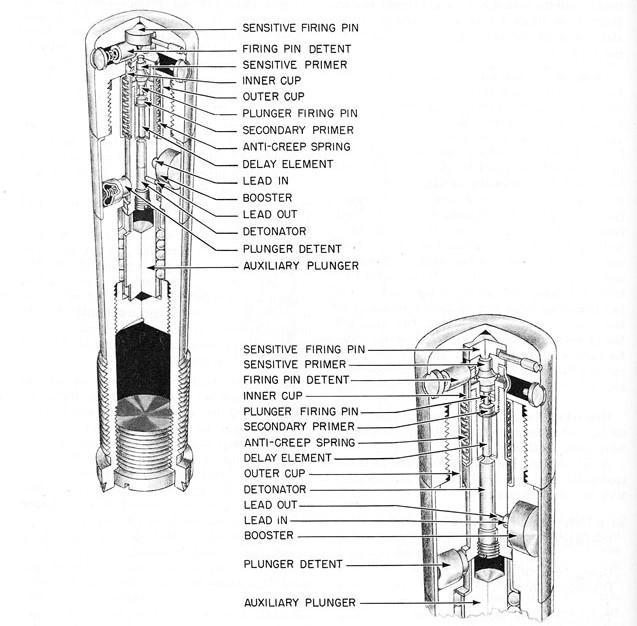
A standard USN base fuze
The standard US base fuze (which came in several Mk variants depending on the caliber of the shell, the main difference being the length of the fuze delay) was a complicated device, carefully designed to not arm until the right moment and as a result baffling in its complexity. There were the usual safety pins pulled out by centrifugal force, some of which were held in place while the shell was still in the barrel because setback pushed the sensitive firing pin onto them. The impact force pushed the fuze plunger forward, aligning the holes through which the detonator's flash would pass into the booster and bringing the sensitive primer onto the sensitive firing pin and setting it off. Instead of directly setting off the delay element, the gas from the sensitive primer locked the plunger in the forward position (thus ensuring that the holes would remain aligned even while the delay was burning) and freed the secondary firing pin to impact the secondary primer, which in turn set off the delay element. When that had burned (which took between .01 seconds for 6" shells and .035 sec for battleship shells) it set off the detonator. Some of this complexity was probably to improve fuze reliability during oblique impacts, which could otherwise fail to set off a shell because things get pushed out of alignment.2 This fuze worked quite well in general, although it was soon discovered that fumes from the explosive filler of the shells tended to corrode the fuze internals after 6 months or so, a problem ultimately solved by providing a Bakelite coating. Read more...

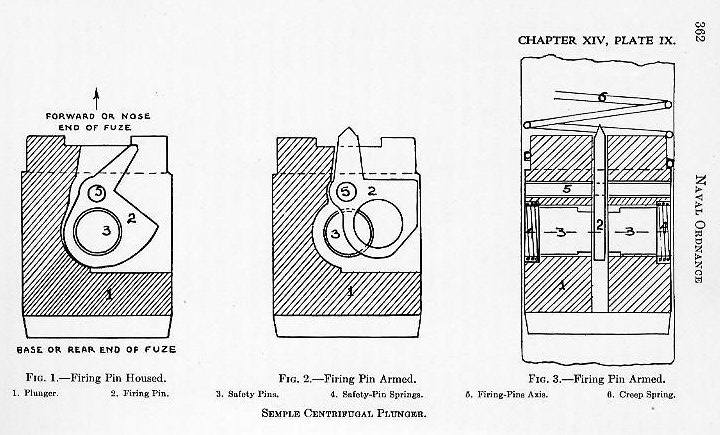
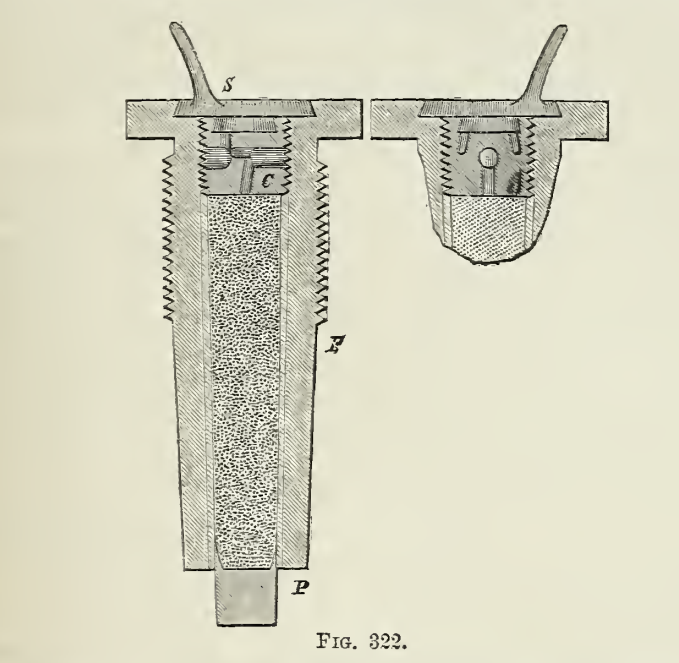
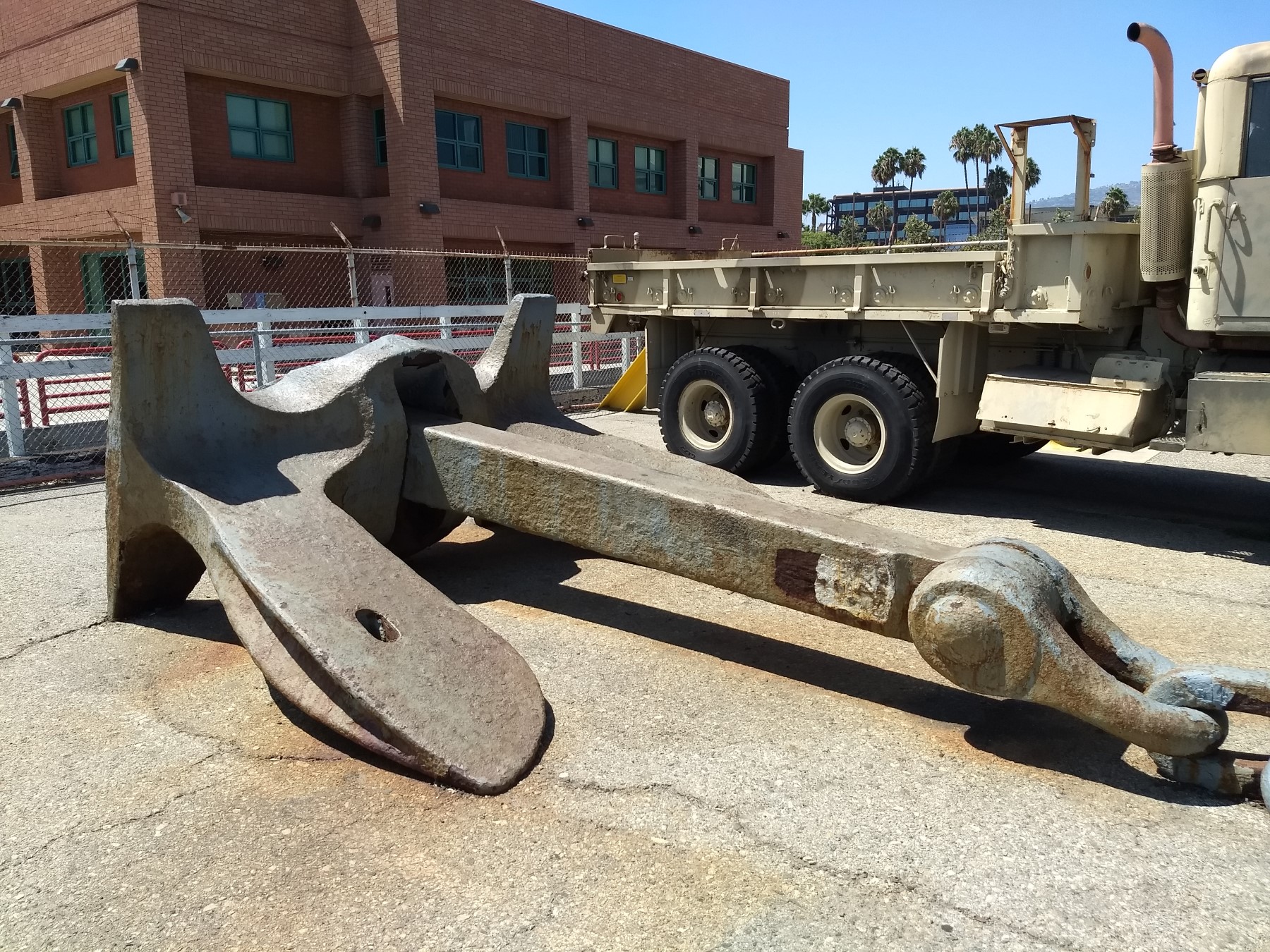
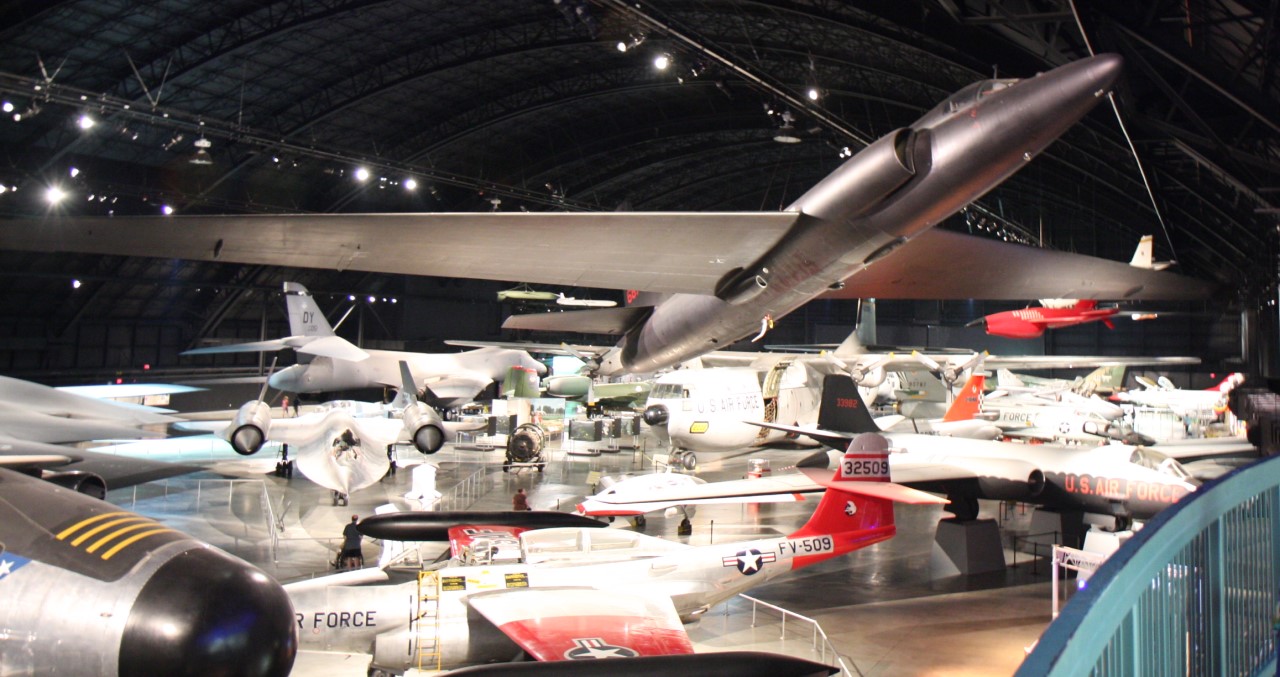
Recent Comments